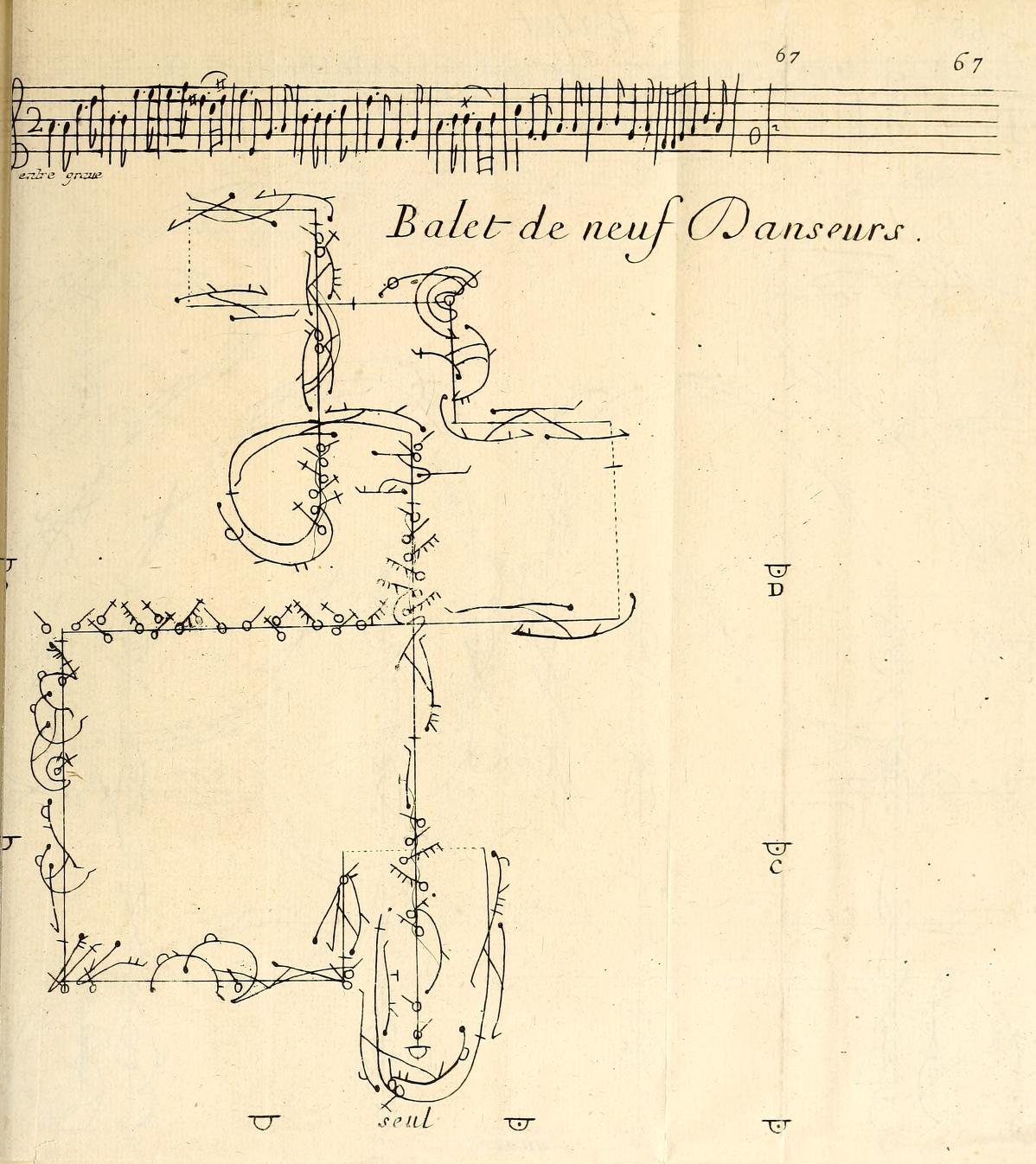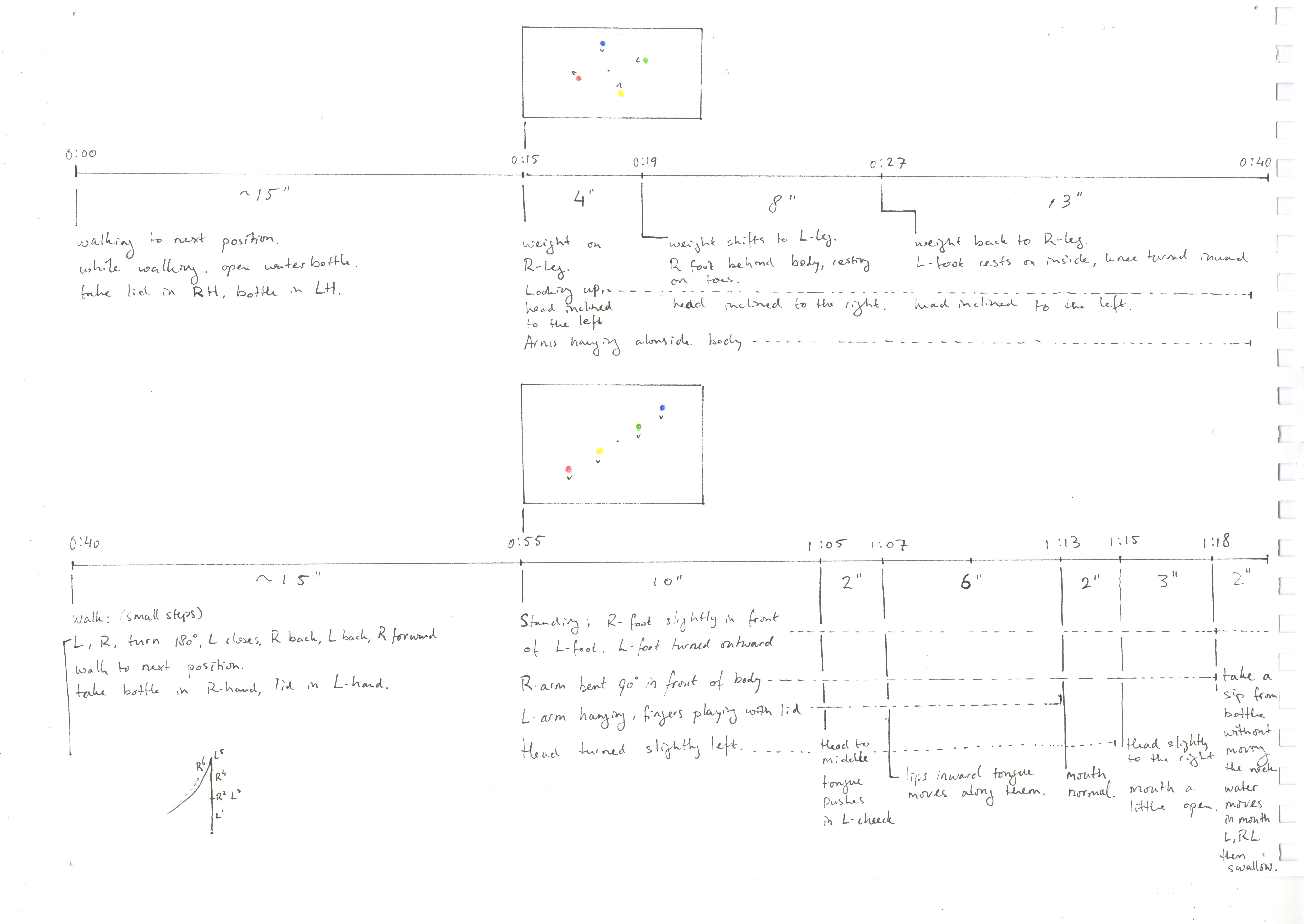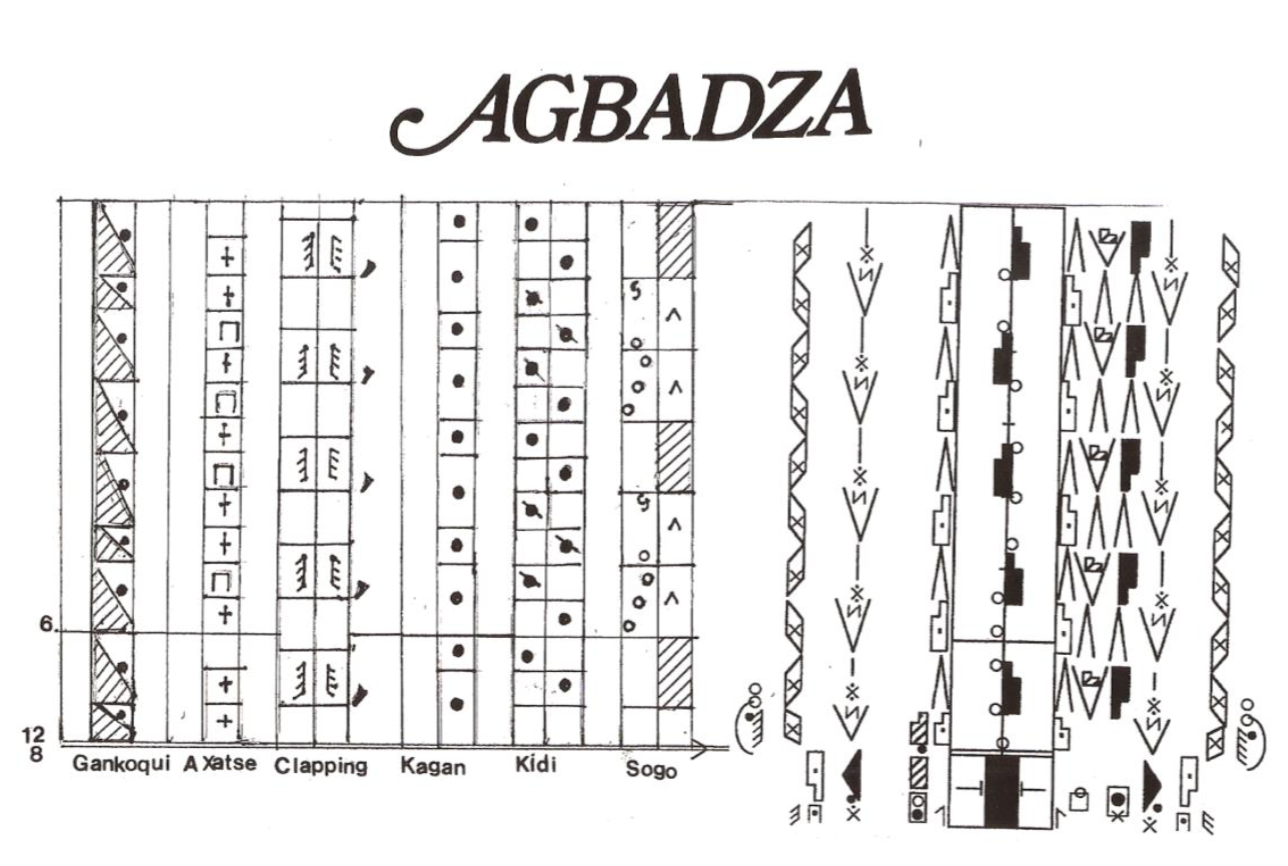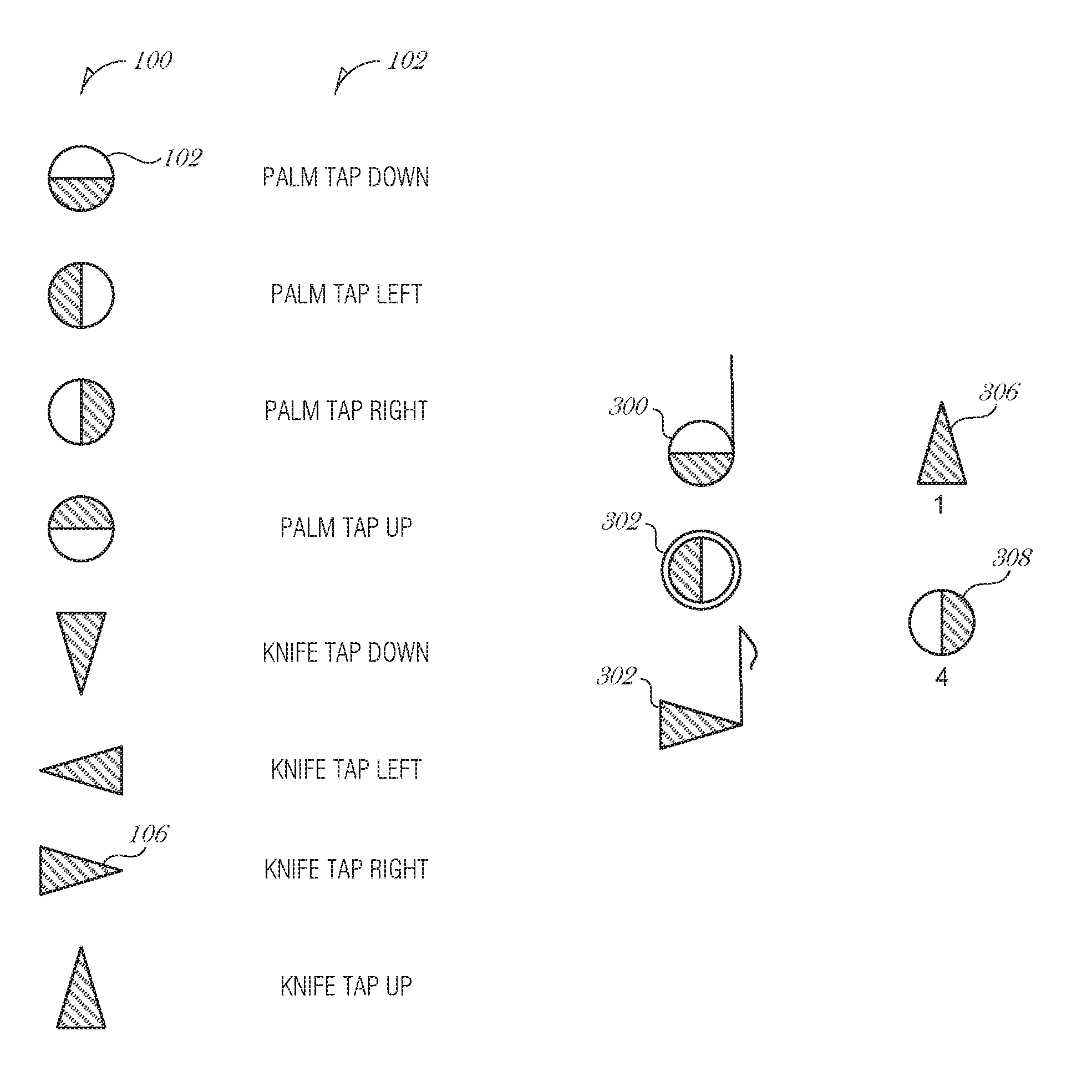
(PDF) On the Technological Conditions of the Representation of Movement Dance Notation Systems
Benesh notation example. Benesh Movement Notation (BMN), also known as Benesh notation or choreology, is the literacy of body language, it is a dance and movement notation system used to document dance and other types of human movement. Invented by Joan and Rudolf Benesh in the late 1940s, the system uses abstract symbols based on figurative representations of the human body.

Dance Notation and Motion Capture Essay Jacob's Pillow Dance Interactive
A dance notation system is usually regarded as a representation tool rather than a creative tool. This paper uses the indeterminacy approach as a creativity method to assist body-based limb exercise. Expand. 2. Save. The visual representation of spatialisation for composition and analysis.

An example of the dance notation system developed by Noa Eshkol and Abraham Wachmann
The dance notation system that ultimately attained precedence, Beauchamp-Feuillet notation, was commissioned by Louis XIV, apparently intended as another element of cultural achievement to augment the glory of the Sun King's reign.

dance notation dance notation system Students Britannica Kids Homework Help
dance notation system An example of the dance notation system devised in the 1950s by Rudolf and Joan Benesh. Choreology, developed by Joan and Rudolf Benesh in 1955, is based on a more clearly visual rather than symbolic form of notation. It is written on a five-line stave, recording the dancer's position as viewed from behind.

Dance notation Labanotation, Benesh Movement Notation, EshkolWachman Movement Notation
labanotation, system of recording human movement, originated by the Hungarian-born dance theorist Rudolf Laban. Labanotation grew from Laban's interest in movement, which stemmed from his early travels. He studied architecture and philosophy in Paris and worked as an illustrator before becoming involved in the performing arts.

Tufte, E. (2001). Dance Notation Commotion and Order. In Envisioning Information (p. 114
described his movement notation system. Initially known asKinetography Laban, the system was then renamedLabanotation in the Un ited States, and has undergone no substantial changes since. Laban's purpose in creating this system was to give artistic dignity back to dance, and to finally fulfil the dream of making dance reproducible and therefore
Example of Labanotation (n.d.). Download Scientific Diagram
Powers Dance Notation Dance notation systems of the past attempted to be as thorough as possible, capable of notating even the smallest gestures, made with any part of the body. As a result, the accumulation of hundreds of symbols made these systems extremely difficult to master. Labanotation, Benesh Notation and others require years of study.

dance notation for "The Princess Ann's Chacone", 1719 English dancing master, Isaac Graphic
Two popular dance notation systems used in Western culture are Labanotation (also known as Kinetography Laban) and Benesh Movement Notation. Others include Eshkol-Wachman Movement Notation and DanceWriting. Many dance notation systems are designed for specific types of dance.

Laban Dance Notation Partition, Théâtre des champs elysées, Sauce béarnaise
In dance, notation is the translation of four-dimensional movement (time being the fourth dimension) into signs written on two-dimensional paper. A fifth "dimension"—dynamics, or the quality, texture, and phrasing of movement—should also be considered an integral part of notation, although in most systems it is not.

Dance Notation
In comparison to most dance notation systems, Eshkol-Wachman movement notation was intended to notate any manner of movement, not only dance. As such, it is not limited to particular dance styles or even to the human form. It has been used to analyze animal behaviour as well as dance (Golani 1976). Stick figure

baroque dance notation Graphic score, Notations, History of dance
The high number of systems emphasizes the fact that dance lacks the achievement of European music, where one system of notation has been used since the sixteenth century. Up until the beginning of the twentieth century, notation was used primarily to record the formalized movements of theatrical dance, mainly ballet, and to a certain extent.

Dance Notation
This system used a vertical staff and simple signs to record four categories of movement: Emotion, Direction, Degree, and Special. It was used to record Loring's signature ballet, Billy the Kid (1938). An example of the dance notation system developed by Noa Eshkol and Abraham Wachmann.

Dance Notation
dance notation Table of Contents Home Geography & Travel Languages Conclusion Although good, workable systems have been around for centuries, the use of dance notation has never been an integral part of dance study and practice, as musical notation is in the study of music.

Baroque Dance Notation Videoarcades
A LABANOTATION BASed onTOLOGY for REPRESENTing DANCE MOVEMENT and results in SEARCHWORKS CATALOG. LABANOTATION VIQUIPèDIA L ENCICLOPèDIA LLIURE. DR NORMAN STANFIELD THE STUDY OF DANCE. ON THE USE OF DANCE NOTATION SYSTEMS TO GENERATE MOVEMENTS. CHOREOGRAPHICS A PARISON OF DANCE NOTATION SYSTEMS. ANALYSIS OF HUMAN MOTION BASED ON AI TECHNOLOGIES. VOL 23 NO 1 SPRING 1991 OF DANCE RESEARCH.

Dance Notation
Choreo-Graphics: A Comparison of Dance Notation Systems from the Fifteenth Century to the Present, by Ann Hutchinson Guest. New York: Gordon and Breach, 1989. xvi + 194 pp., illustrations, photographs, dance notation. $59. - Volume 23 Issue 1

Dance Notation Notations, Dance, Performance art
Here for the first time is an account of how each of thirteen historical as well as present-day systems cope with indicating body movement, time, space (direction and level) and other basic movement aspects of paper. A one-to-one comparison is made of how the same simple patterns, such as walking, jumping, turning, etc. are notated in each system.